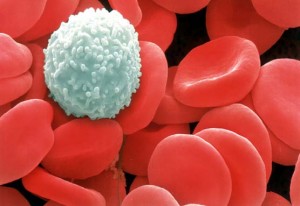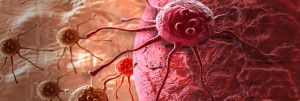 In our eat-and-run, massive-portion-sized culture, maintaining a healthy weight can be tough—and losing weight, even tougher. If you’ve tried and failed to lose weight before, you may believe that diets don’t work for you. You’re probably right: traditional diets don’t work—at least not in the long term. However, there are plenty of small but powerful ways to avoid common dieting pitfalls, achieve lasting weight loss success, and develop a healthier relationship with food.
In our eat-and-run, massive-portion-sized culture, maintaining a healthy weight can be tough—and losing weight, even tougher. If you’ve tried and failed to lose weight before, you may believe that diets don’t work for you. You’re probably right: traditional diets don’t work—at least not in the long term. However, there are plenty of small but powerful ways to avoid common dieting pitfalls, achieve lasting weight loss success, and develop a healthier relationship with food.
Put a stop to emotional eating
If you eat when you’re stressed, find healthier ways to calm yourself. Try exercise, yoga, meditation, or soaking in a hot bath.
If you eat when you’re feeling low on energy, find other mid-afternoon pick-me-ups. Try walking around the block, listening to energizing music, or taking a short nap.
If you eat when you’re lonely or bored, reach out to others instead of reaching for the refrigerator. Call a friend who makes you laugh, take your dog for a walk, or go out in public (to the library, mall, or park—anywhere there’s people).
Fill up with fruit, veggies, and fiber
Fruits and vegetables – Enjoy whole fruits across the rainbow (strawberries, apples, oranges, berries, nectarines, plums), leafy salads, and green veggies of all kinds.
Beans – Select beans of any kind (black beans, lentils, split peas, pinto beans, chickpeas). Add them to soups, salads, and entrees, or enjoy them as a hearty dish on their own.
Whole grains – Try high-fiber cereal, oatmeal, brown rice, whole-wheat pasta, whole-wheat or multigrain bread, and air-popped popcorn.
Make healthy lifestyle changes
Get plenty of exercise. Exercise is a dieter’s best friend. It not only burns calories, but also can improve your resting metabolism. No time for a long workout? Research shows that three 10-minute spurts of exercise per day are just as good as one 30-minute workout. http://www.texiladigipedia.com/categories.html
Turn off the TV. You actually burn less calories watching television than you do sleeping! If you simply can’t miss your favorite shows, get a little workout in while watching. Do easy exercises like squats, sit-ups, jogging in place, or using resistance bands or hand weights.
Drink more water. Reduce your daily calorie intake by replacing soda, alcohol, or coffee with water. Thirst can also be confused with hunger, so by drinking water, you may avoid consuming extra calories.
source:
helpguide.org




